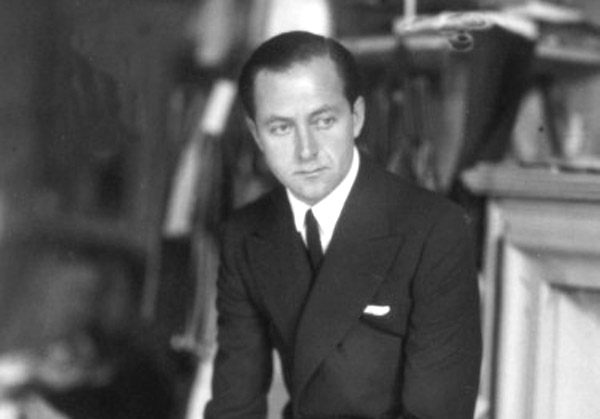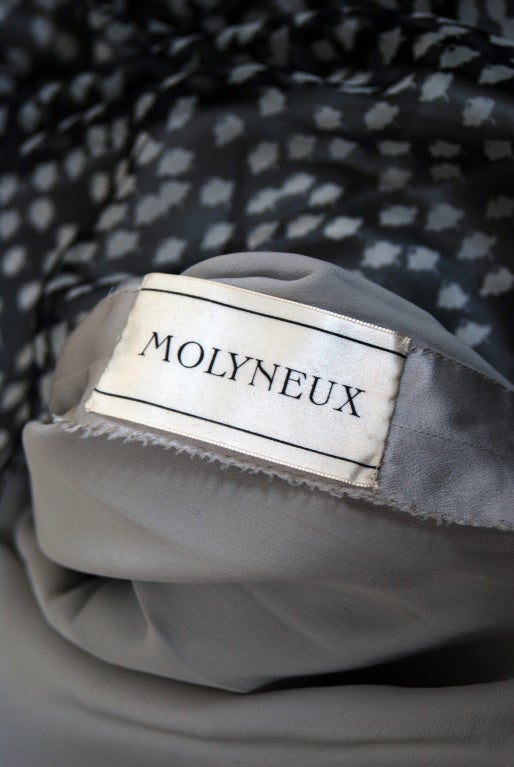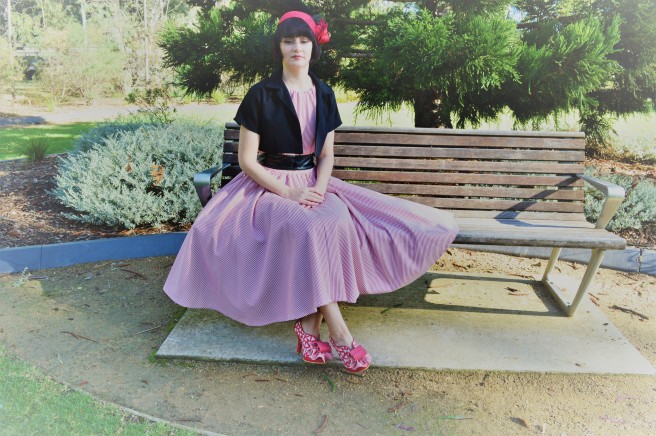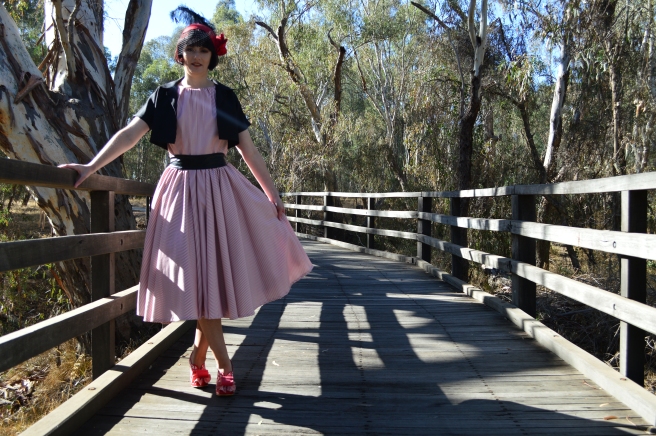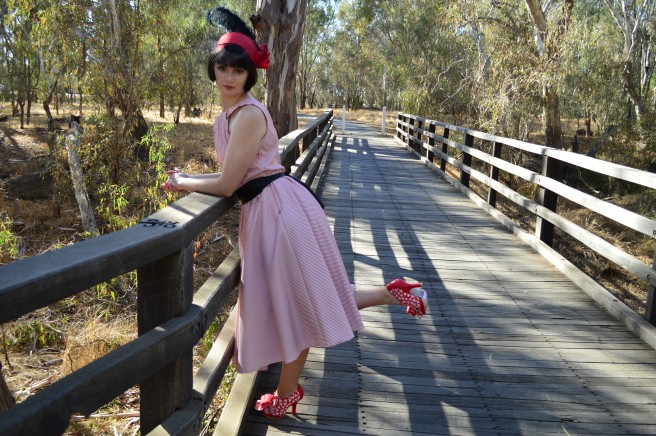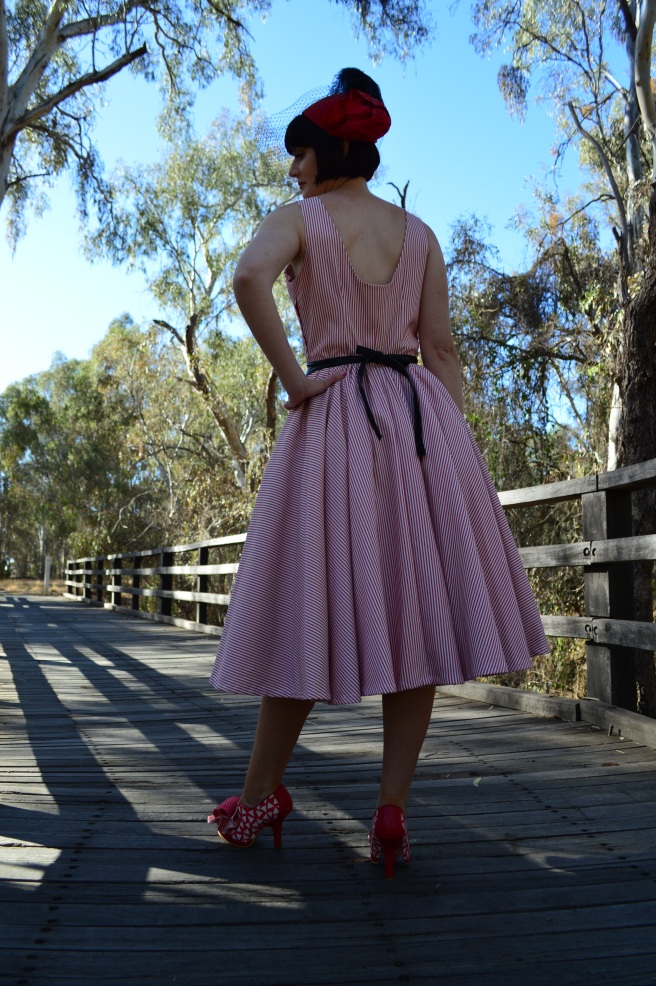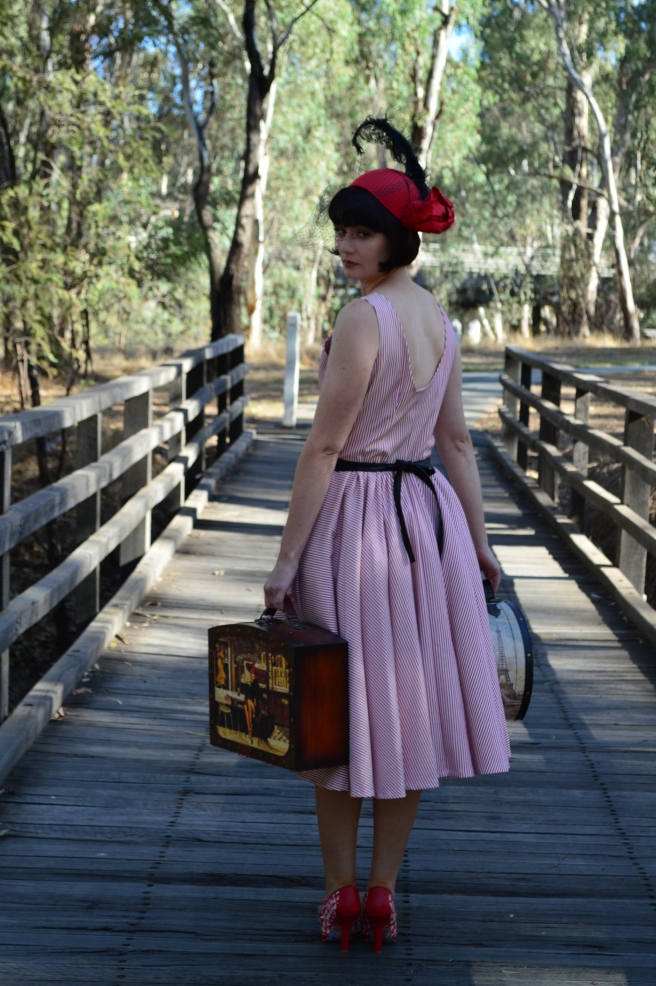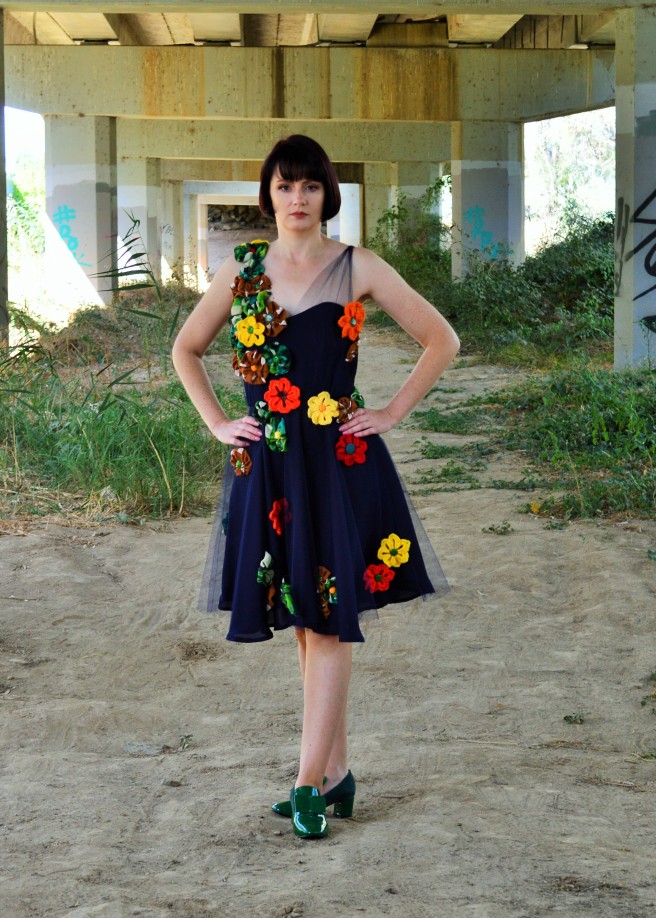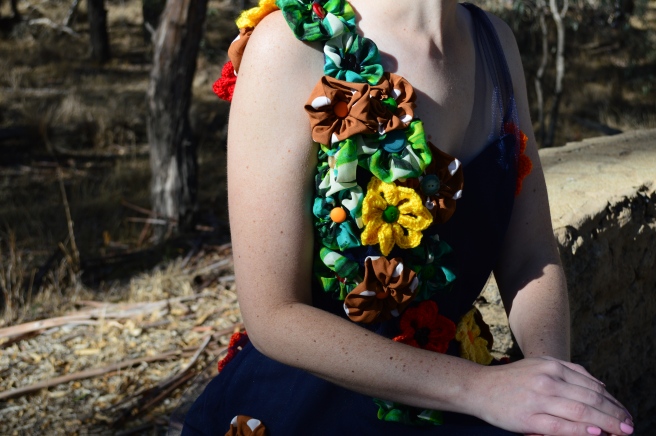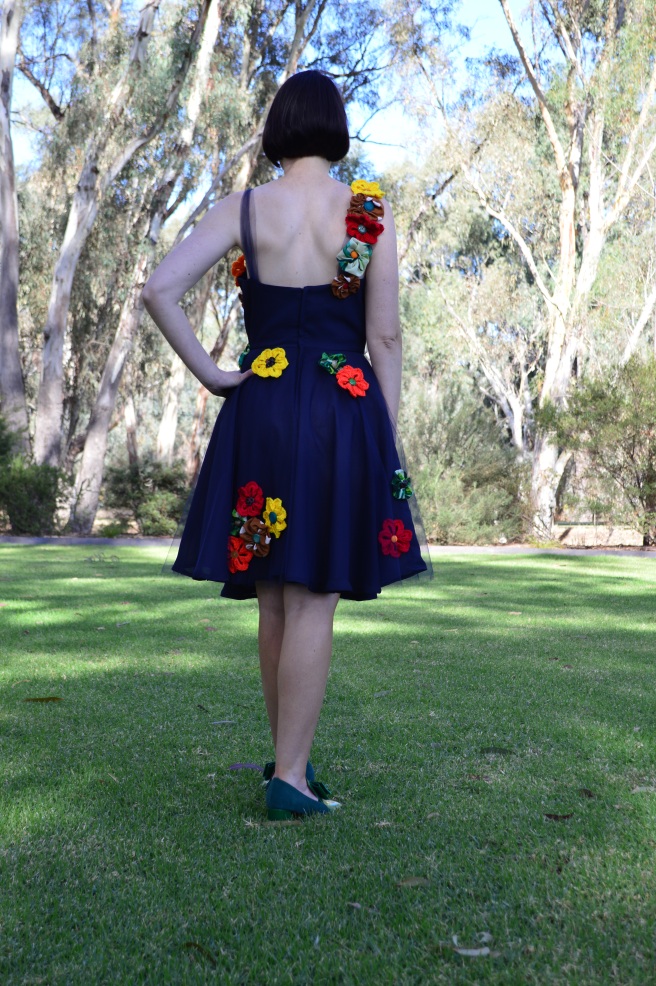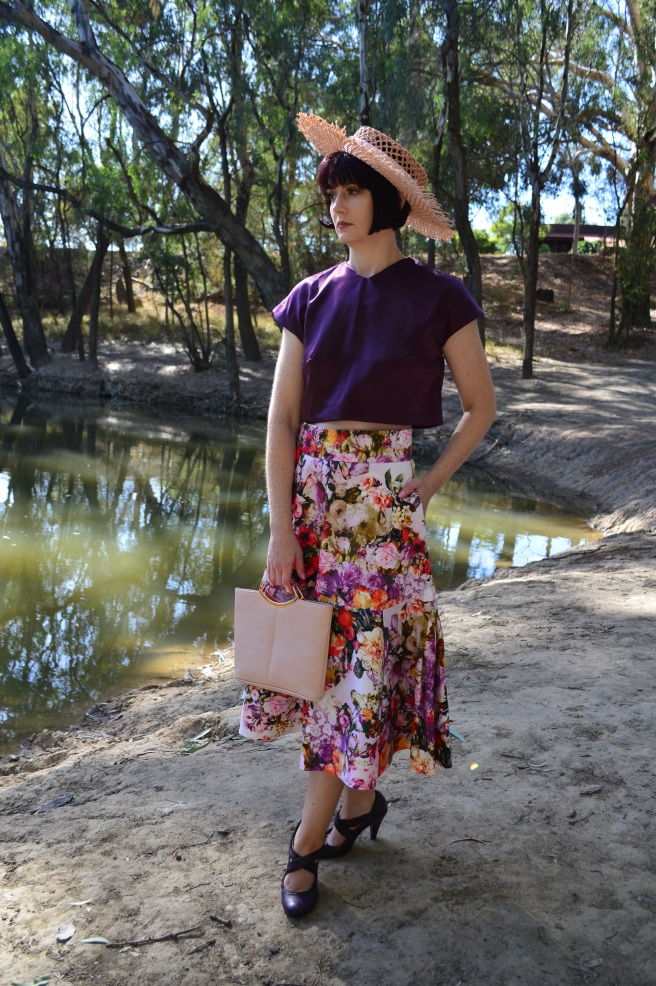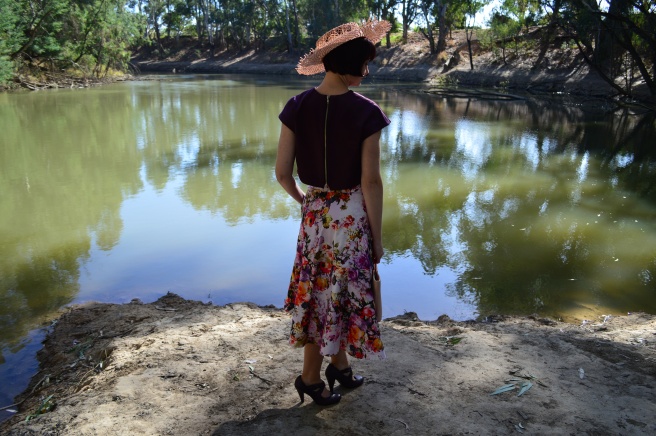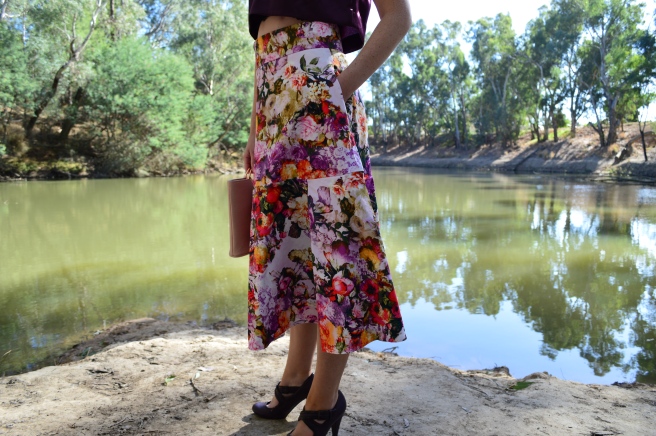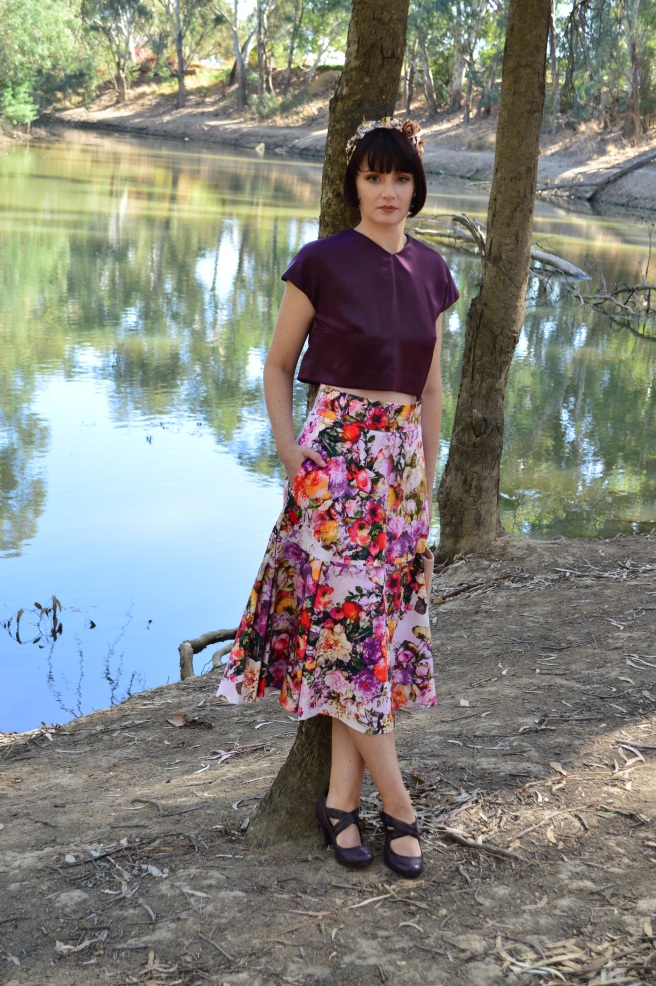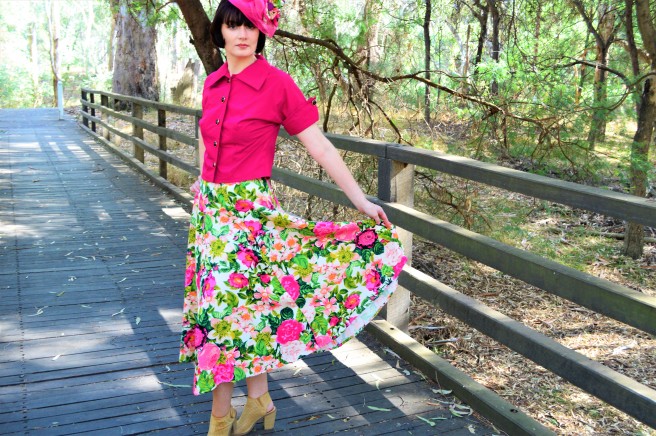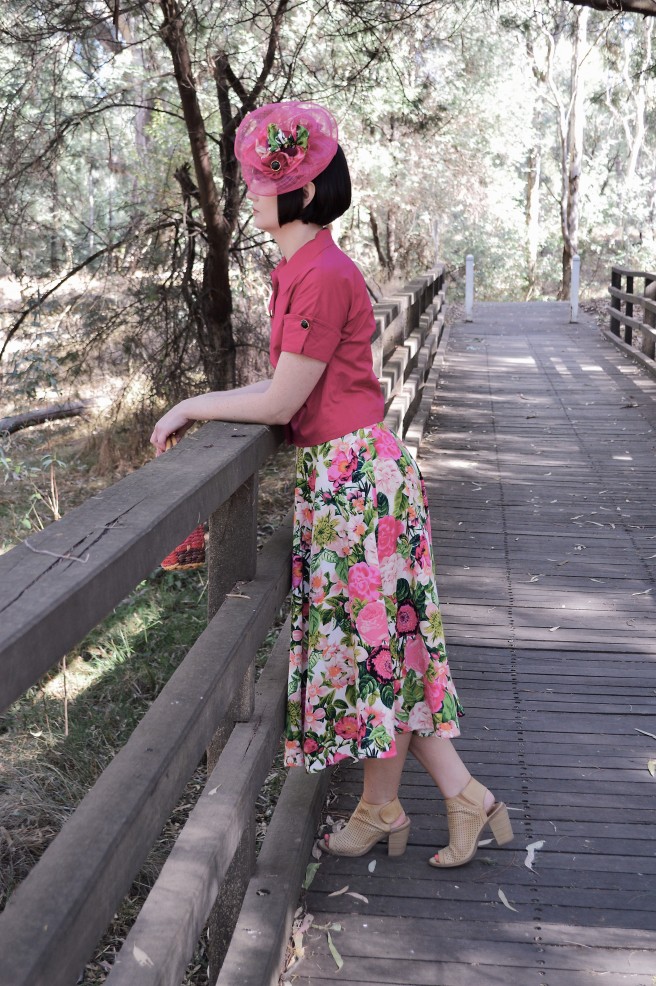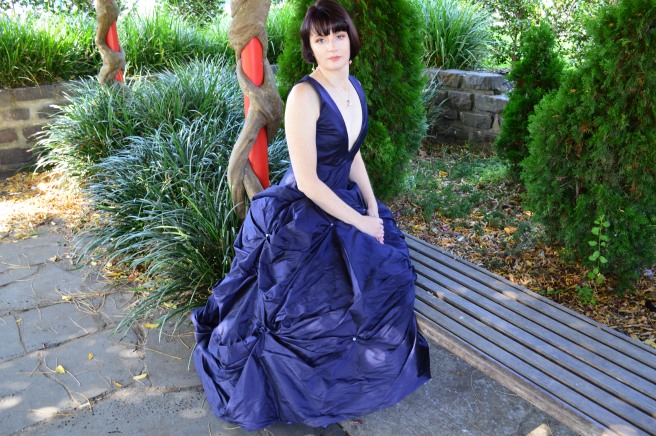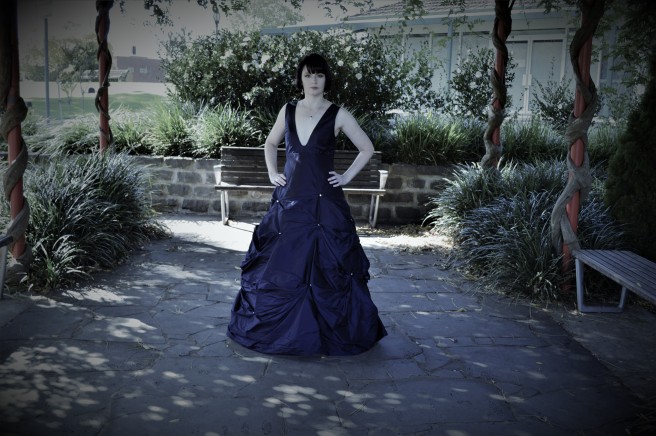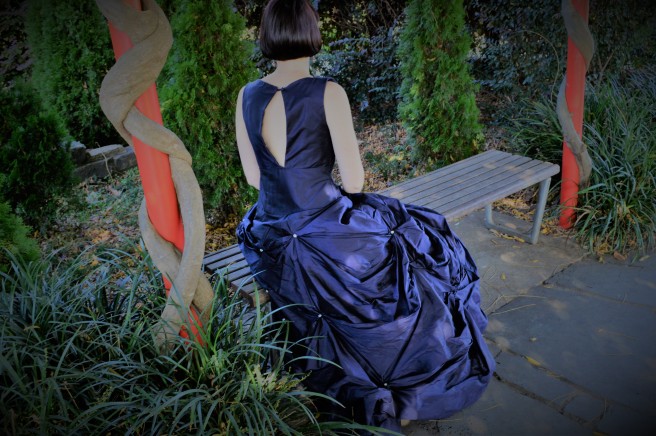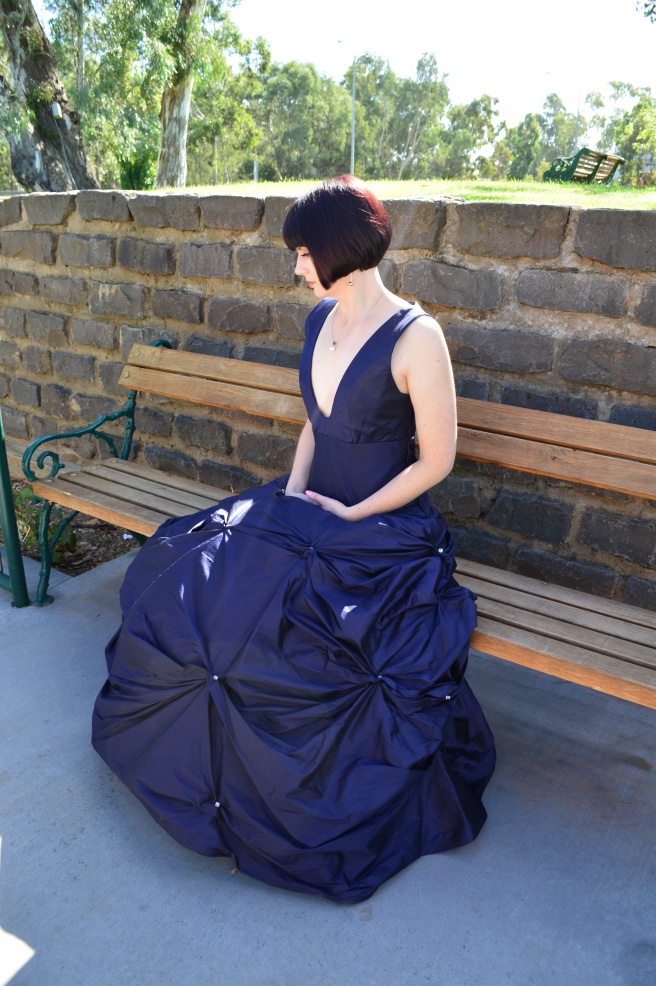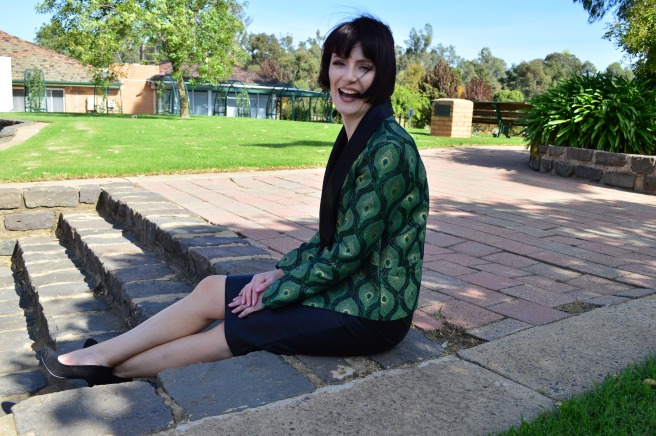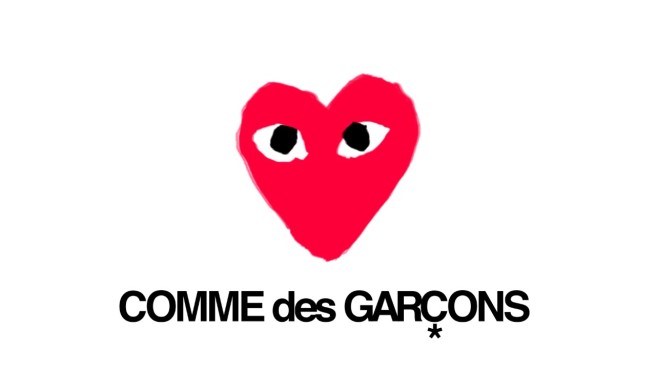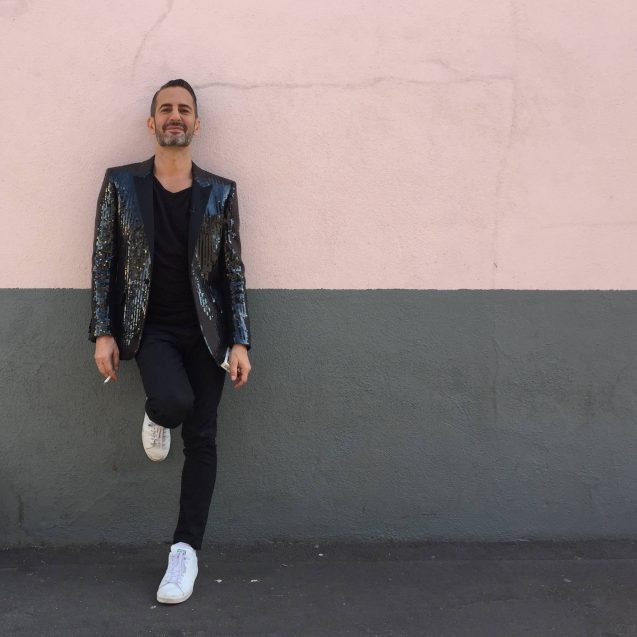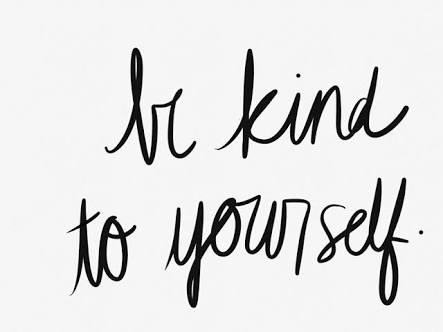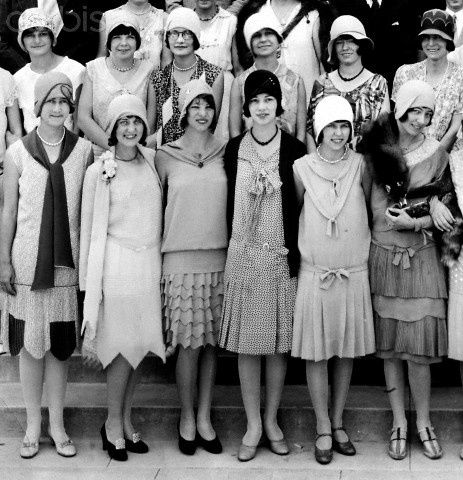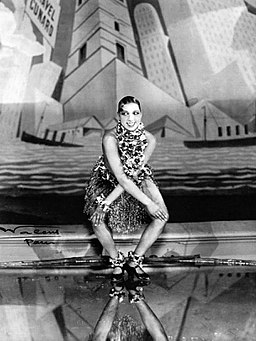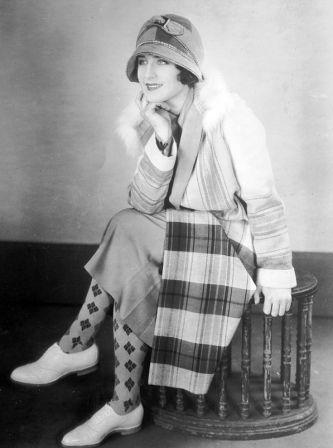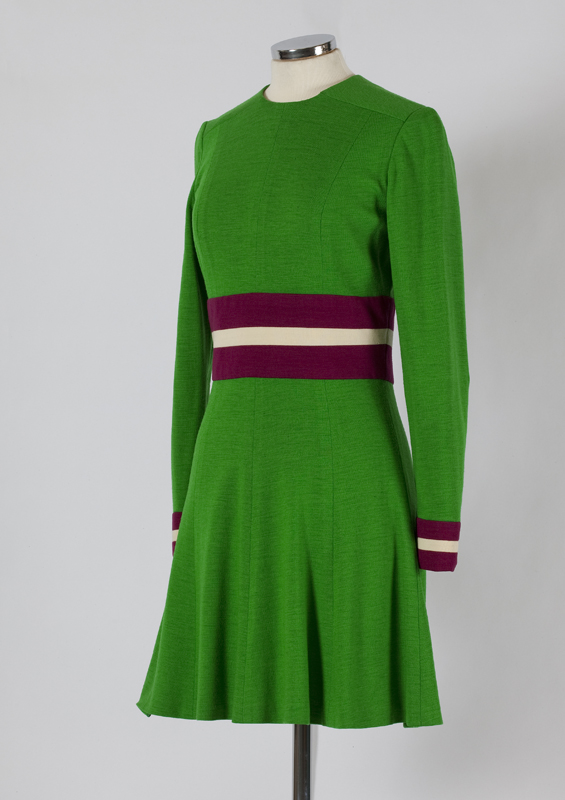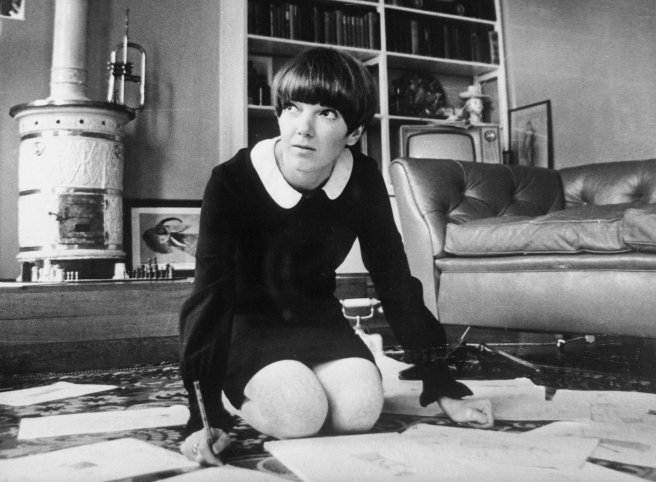From the Godfathers of fashion such as Charles Fredrick Worth and Christian Dior, to modern male fashion creative such as Marc Jacobs and Alexander McQueen, fashion is an industry that men have largely populated and been running for decades. Even though their clientele is dominated by women of all shapes, sizes and backgrounds, the inside of the fashion world has been operating with male directors at the helm for many eras. But slowly women have started to take the reins, and are making their mark on the runway. You only have to look at the recent shows form Chanel and Dior, to see that these women who have been behind the scenes for many years, have finally the opportunity to run it their way, and what magnificent results we have seen. When watching the Haute Couture show of Fall/Winter 2019/20 by Chanel, I sat in awe at not only the genius of the location and set, but the fashion itself was possibly the greatest I had seen. This show pushed me to research the woman who now sits at the helm, and so that is what this blog shall endeavour to uncover.
The recent passing of the master of fashion Mr Karl Lagerfeld, as tragic as it was, left the door open for his right hand assistant to step into the limelight. Having worked alongside Lagerfeld for more than thirty years, Virginie Viard had slowly been stepping out form the shadows in recent times. Only days after the great man passed away in February this year, Chanel announced that Viard would take over as Creative Director. Born in Lyon, France in 1962, Viard grew up with fashion in her veins. Her grandparents were silk merchants, and Viard went on to study theatre design at the Cours George. At completion of her studies, Viard gained employment as an assistant costume designers for Dominique Borg. Then in 1987, Viard began an internship at Chanel, and as they say, the rest is history! Forming a close relationship with Lagerfeld, the two worked well together, and when Lagerfeld left Chanel to join Chloe (for the second time) in 1992, Viard went with him. Then in 1997, the pair returned to Chanel, with Lagerfeld heading up the Couture end of the business. In 2000, Viard became the creative director of the studio, and oversaw Ready to Wear, Haute Couture and accessories alongside Lagerfeld. Lagerfeld himself described this talented woman as not only being his right hand, but his left hand too! The pair were inseparable for over thirty years in the fashion world.

With her signature punkish look of dark kohl rimmed eyes, solid bangs and all black wardrobe, Viard manages to create a look very different to her own. Her first solo Haute Couture collection, was breathtaking. Set in the luxurious library of Madame Chanel, the show was everything you would expect from Chanel. Signature fabrics of tweed, boucle and hound’s-tooth were widely used, and the unbiased colour pallet of black and white was ever present. This season saw splashes of vibrant colour and metallic threads also featured throughout, and garments dazzles with sequins and feathers. The silhouette was unmistakable feminine, featuring waistlines and full skirts. A nod to the original style presented itself in the footwear displayed by the models, with tailoring and structured design showcasing what Chanel is all about. The collections was sleek, elegant, luxurious and sexy. Viard’s star shone bright as she made her debt as the first female creative director since Coco Chanel herself. While we may have lost the grand master in Lagerfeld, the woman who is now in control is nothing short of spectacular!
Another woman who is leading the way in the modern world of fashion is the creative director of Dior, Maria Grazia Churi. Again woman are making themselves heard, with Churi being the first female ever to be in charge at Dior. Churi has been in the rag trade for many years, starting out at Fendi in 1989 before moving onto Valentino. Born in Rome, Italy in 1964, Churi’s mother was a dressmaker, so the world of fashion has been in her blood from day one. Completing her studies in fashion in Rome, the naturally talented Churi has produced some of the greatest fashion moments this decade has ever seen. Joining Dior in July 2016, Churi is known to promote political and social issues through her work. The slogan “We should all be feminists” which dominated Dior’s Ready to Wear show of Spring 2017 is likely to be one of the most recognised and remembered statements made in fashion.
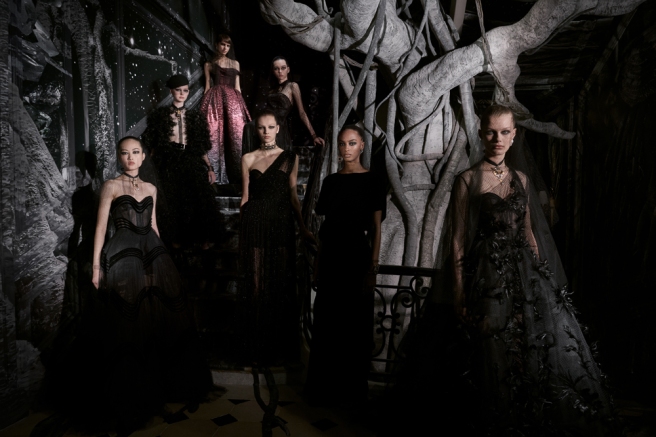
Churi’s most recent work for the Haute Couture show of Fall/Winter 2019/20 was a mix of darkness touched by the beauty of floral. The models entered into an arena that was somewhat gothic and moody, before moving into a space filled with bright floral and springtime vibes. The look was architectural, structured and metallic. Black featured heavily as a colour, with detailing and accent colours also featuring. Lace and net covered some of the models, who dazzled in garments with nipped in waistlines and full skirts. Bare shoulders, belted waists, leather and feathers were standout features on some of the collections boldest pieces. Churi surely made it known that art is fashion, and fashion is art!
In a world that is ever changing, fashion will always play a significant role. As more women designers step out of the shadows and into the limelight, the world of Haute Couture looks incredibly bright. These women are not afraid to walk to the beat of their own drum, but remain respectful to the men who made these fashion labels into the empires we know them as today. I for one cannot wait until the next round of catwalk shows to see what other inspiring and beautiful fashions come from the grand houses of Chanel and Dior.
Love Always, Anastacia Rose xx








